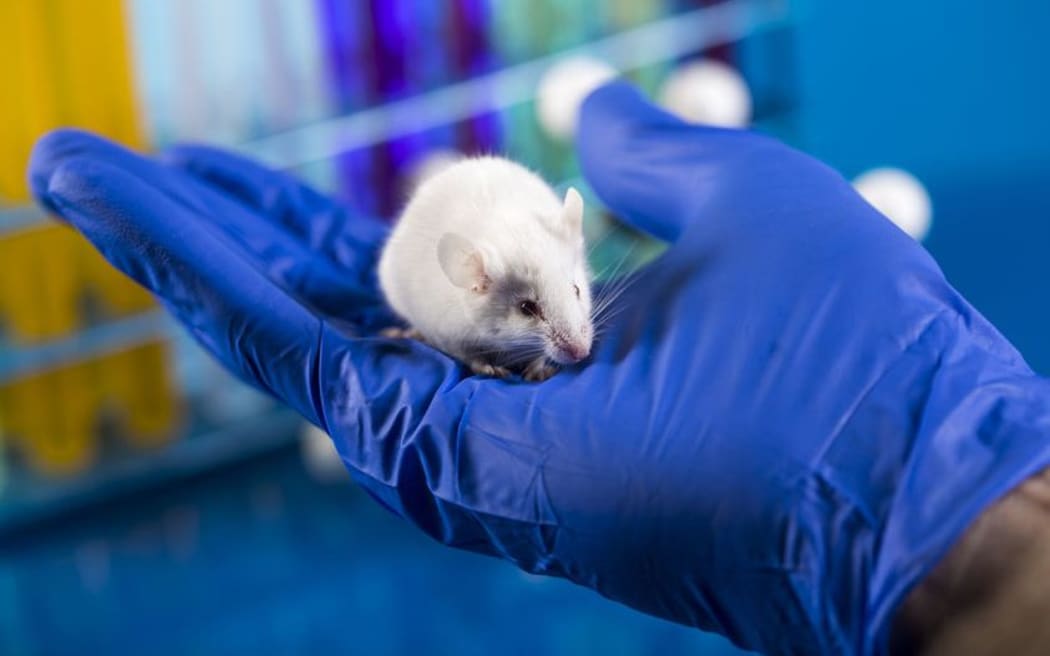Blue light and an internet cable could be used to treat Parkinson's disease with potentially less side effects than current treatments.

A University of Otago study on rats has used light treatment, called optogenetics, to treat isolated cells leaving healthy cells untouched. Photo: 123RF
About 10,000 New Zealanders suffer from the illness which causes the progressive degeneration of the dopamine-producing cells in the brain and has symptoms such as tremors, rigidity and slow movement.
Traditional treatments include drugs, which can cause nausea, or electrical deep brain stimulation. The latter affects all cells in the region and can lead to strokes during surgery or altered mood.
But a University of Otago study on rats has used a light treatment, called optogenetics, to treat isolated cells leaving other healthy cells untouched.
A neuroscientist from the university's school of medicine, Dr Louise Parr-Brownie, said the technique involved placing light sensitive proteins into cells and then implanting a fibre optic probe, similar to the technology in internet cables, into the brain. That probe is then connected up to a laser that emitted blue light and stimulated the cells effectively correcting neural activity in a Parkinsonian brain.
She said this focused approach was what made the difference.
"With electrical stimulation every single cell that's close to the electrode will respond, whereas with optogenetics we're very selective and what we're hoping for in the long term is that there'll be fewer side effects because we're being so selective with which type of cells we are activating."
Dr Parr-Brownie said cells were stimulated for ten minutes, then rested for ten, then stimulated for a further ten and it had yielded positive results.
Consciously controlled muscle movements known as reaches improved from ten in five minutes to 60 and she said they planned to increase that to 200 reaches in five minute periods by stimulating the brain for longer.
The treatment has yet to be tested on people but Dr Parr-Brownie said she hoped human trials would begin within the next five years eventually leading to the development of a pace-maker type device which could stimulate the brain day and night.

